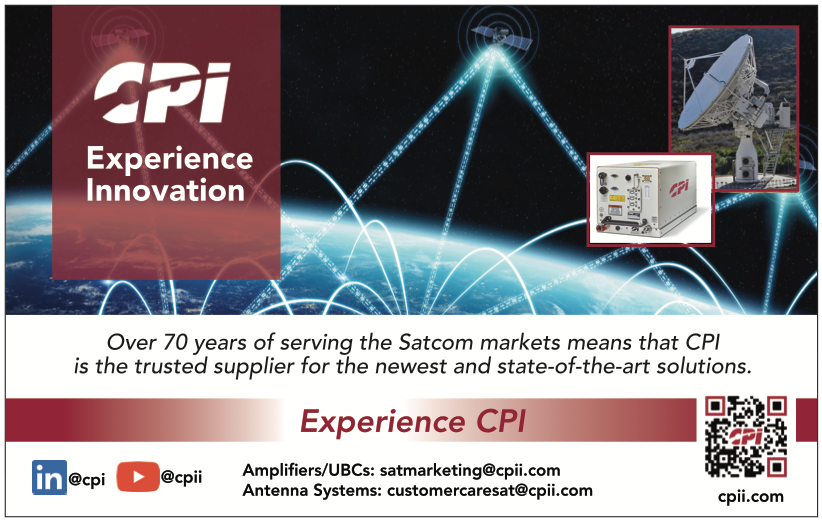Find Out Why ‘Rocket Science’ is so Complex – and how space acquirers and operators work together to do the job.
Space is hard.
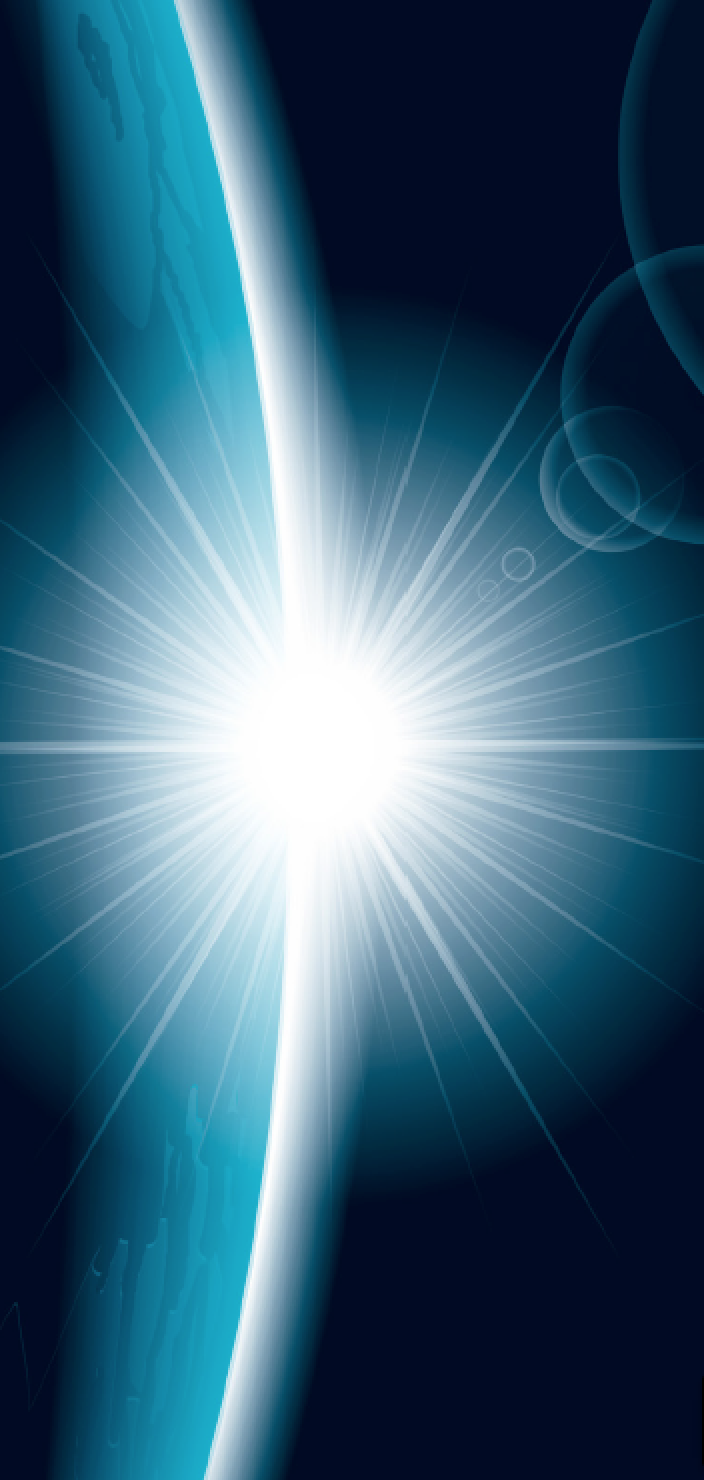
There’s a reason why becoming a space professional requires specialized training and, sometimes, multiple degrees. For one thing, the laws of physics cause satellites to behave quite differently 100 kilometers above the planet’s surface and in the vacuum of space.
Orbital mechanics is the study of the motion of man-made objects in space that are influenced by natural and artificial forces, said Dr. Ryan Coder, senior engineer in the Astrodynamics department at The Aerospace Corporation, an independent, nonprofit corporation operating the only federally-funded research and development center for the space enterprise.

Dr. Ryan Coder
“Where does space start?” Coder said.
“Hilariously, there’s not a uniform definition of that. There’s no clean line where air molecules cease to exist. There’s no hard-and-fast, universally agreed-on number for ‘where does space start?’ In the United States, to get an astronaut badge, you have to fly higher than 80 kilometers; some international organizations use references — such as the Kármán line — at 100 kilometers.”
Humans have been studying the motions of celestial bodies for centuries, long before space travel was even possible, Coder noted, which means even the vocabulary used to describe scientific terms relating to orbital mechanics is derived from many different languages.
“For example: apoapsis and periapsis – the first is the point in a satellite’s orbit farthest from a planetary body, and the second is the nearest point,” Coder explained. ““Apo” from the Greek, meaning farthest and “peri” meaning closest. If you’re orbiting around the sun, it’s aphelion, and if it’s about the Earth, it’s apogee.”
This comes in handy when you remember that orbits tend to be elliptical — not perfectly spherical — and, as a result, objects orbiting a planet don’t move at a constant speed but go faster at the point nearest to the planet, and travel more slowly at the farthest point in their orbit.
Satellites are moving at very high speeds in order to maintain their orbits. In Low Earth Orbit (LEO), a satellite might travel 17,500 miles an hour, or 3 kilometers per second. In Geosynchronous Orbit (GEO), it might travel 6,700 m.p.h., or 8 kilometers per second, Coder said.
“That means the slowest GEO orbit is going three times faster than a speeding bullet,” Coder said.
Understanding the various forces that affect objects in space — Earth’s gravity, the gravitational pull of other planets, drag from atmospheric forces in LEO, solar radiation pressure — can complicate what might appear to be a simple problem.
“Let’s say you’re a resupply mission to the International Space Station and you need to catch up to the ISS,” Coder said. “If you were an airplane, you would apply more thrust to go faster to catch up to the ISS. But in space, you wouldn’t apply thrust in the same direction. If you want to increase speed, that means you need to go lower, so you’d apply the thrust opposite your motion to drop your vehicle down in altitude. Applying the thrust to propel yourself forward, means you would raise your altitude, and you’d go slower, increasing the distance, rather than catching up to it.”
Space professionals also need to understand the scale they’re working in.
“Space is really big,” Coder said. “The volume of space between a LEO and a GEO is about 75 trillion ,cubic miles — that’s 288 times bigger than the volume of the Earth itself. That’s part of what makes tracking objects in space so difficult; it’s such a vast region to search.”
“It’s so frequent that the thing you want to know, you cannot directly measure,” Coder said. “There’s a lot of statistical inference going on — ‘I found this new piece of debris that I haven’t tracked before. Wonder where that came from? Maybe from this new mission’ — but trying to prove that can be extremely difficult. Many questions surrounding a new piece of debris — what mission did that come from, what payload, what country did it come from – none of those things are elements you can directly measure.”
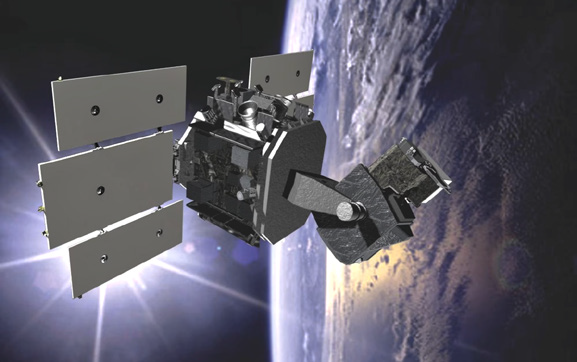
Space Based Surveillance
Stacie Glazier, a member of Space Systems Command’s (SSC) Pivot Space Domain Awareness team, was previously assigned to the 18th Space Defense Squadron (SDS) at Vandenberg Space Force Base and offered a few perspectives on orbital mechanics.
“Space, or the Space Domain Awareness mission, is hard from the SSC perspective for different reasons than just the orbital mechanics,” Glazier said. “Beyond the physics, the problem set is really consolidating all the available data and resources and integrating it all together in a system that responds to what the operators at the 18th and 19th Space Defense Squadron need.”
The 18th SDS integrates data from the Space Surveillance Network (SSN), maintaining the resident space object (RSO) database and managing the U.S. Space Command’s space domain awareness (SDA) sharing program to United States, foreign allies as well as commercial and academic entities.
The 19th SDS looks beyond GEO orbit to cislunar missions and objects, such as the James Webb Space Telescope, which orbits a Lagrange point midway between the Earth and the Sun.
To accomplish this task, these units, under Space Operations Command’s Space Delta 2, rely on the SSN, which includes ground- and space-based equipment, including telescopes, electro-optical, passive radio frequency (RF) and radar to track objects in LEO, GEO and cislunar space.
“One of the things that makes the U.S. excel at space surveillance and space tracking is that starting in the 1960s we had these missile warning / missile tracking radars,” Glazier said. “These defense radars provided a lot of data for tracking objects in LEO. Really, any country entering space operations had to have surveillance support to those missions, so we’ve built and iterated our network for many decades.
“Navy systems, NASA telescopes, and NORAD all fused to make early versions of what became the 18th and 19th SDS units today. And now we’ve got commercial companies with space surveillance capabilities as well to integrate. That is something I work on in my current role with SSC.
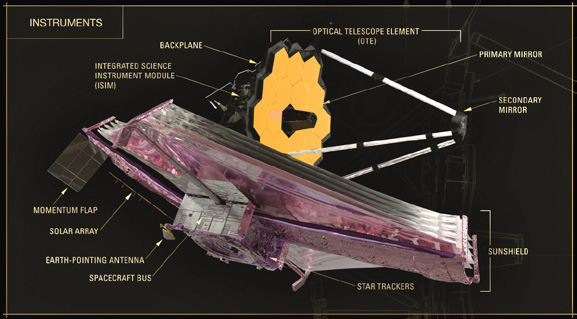
The instruments aboard the James Webb Space Telescope.
Image is courtesy of NASA.
“Somewhere between 600,000 to 900,000 observations per day will flow to the 18th SDS. Their systems then take all the individual observations of objects in space, consolidate it and use that information to update the authoritative catalog that they use, the resident space object database,” Glazier noted.
This catalog lists objects by a five-digit international designator and its Keplerian elements, including the shape of the orbit, the degree of eccentricity and mean motion, Glazier said. No numbers are reused; the first two objects in the catalog are Sputnik’s rocket body and Sputnik itself, even though both burned up when they reentered Earth’s atmosphere a mere three months after they launched in 1957.
People can log into Space-track.org and see much of this data for themselves, Glazier said. Nearly 60,000 objects are listed, but the number of items actually on-orbit currently is closer to 30,000 and includes debris as well as man-made items.
“It’s a U.S. Space Command (USSC) funded and run website, which the SDS populates with orbital information,” Glazier said. “USSC has a mission to share data for the purposes of safety of flight and collision avoidance. One of the fun things to look at is the space ops tempo – you can see the count of objects on orbit, the number of payloads that have been launched, and understand the rapid growth in the space domain.”
Sensor Optimization
Sensor optimization is another important task for building accurate orbits, Glazier said. Each sensor does its own calibration, but the 18th also has “truth” data that comes from a handful of calibration satellites to correct for any biases in observational data.
“Our sensors are passively sending out radar or collecting light in our optical sensors to build,” Glazier said. “We only have a handful of objects that will tell us their true data — where they really are — so we can use that to calibrate our sensors, so we can correct for bias.
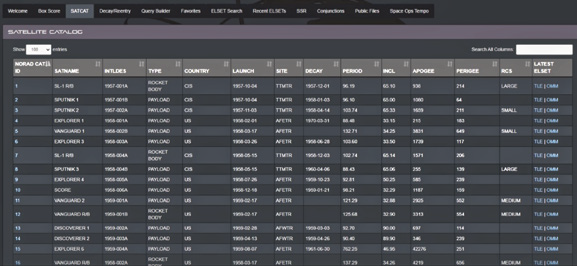
“Most of the objects that are orbiting the earth are not payloads that are actively telling us exactly where they are located. Most of the objects are pieces of debris, rocket bodies, or non-functional items that either have reached end of life or were bits and pieces of primary payloads that break away from that parent object,” she added.
The vast majority of the objects tracked through the U.S. Space Force are in LEO, where they are subject to gravity and atmospheric drag that will cause their orbits to decay and pull them down to Earth; most of them will burn up in the atmosphere, but it’s important to track these objects in case they arenot destroyed.
“This is why there’s a lot of discussion and concern when it comes to mega-constellations such as Starlink, that these constellations do self-management where they bring down their exhausted payloads to reenter the atmosphere in a controlled way, so that their discarded payloads aren’t just floating up there for decades and decades,”
Glazier said, noting that the international community has been having numerous discussions on what constitutes responsible use of outer space.
Human Spaceflight Support
The systems SSC develops and sustains for the 18th SDS must also include the ability to support the International Space Station, Glazier said. Mission Control at NASA Johnson Space Center in Houston has a trajectory operations and planning officer, or TOPO, who provides the 18th SDS with trajectory information on the International Space Station (ISS) and visiting space vehicles, such as Dragon capsules. NASA can contact a dedicated member of the 18th SDS on duty at all times to do special screenings just to protect the on board astronauts.
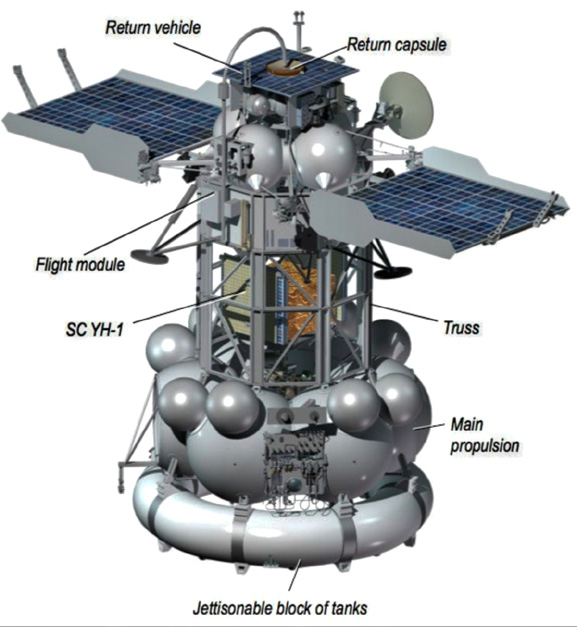 Phobos-Grunt (alternatively Fobos-Grunt) was a Russian mission designed to land on the martian moon Phobos and return a sample to Earth. Image is courtesy of NASA.
Phobos-Grunt (alternatively Fobos-Grunt) was a Russian mission designed to land on the martian moon Phobos and return a sample to Earth. Image is courtesy of NASA.
“That trajectory and screening for objects in the path of the ISS is very important for NASA,” Glazier said. “Most of the focus is to ensure good orbital states for all of the other objects that are in orbit around the ISS — those are human spaceflight threat objects. It could be a discarded camera lens or a fleck of paint that is in the path of the ISS. When you’ve got two objects travelling at extreme rates, the implications of a collision with a bolt could be catastrophic.
“The ISS travels at an extremely low altitude to avoid much of the denser LEO population,” Glazier said. “One benefit of that orbital range is that objects that are starting to decay, once they reach that orbital altitude, will start decaying much more rapidly – it’s a much less populated zone.”
Reentry/Break-up Assessment
Another challenge for SSC with SDA systems design is accounting for the decay and deorbit of RSOs and the associated orbital challenges specific to the mission area.
“Highly eccentric orbits will start to rapidly circularize, and in extreme cases could just terminate into the Earth’s atmosphere very quickly,” Glazier said. “It’s a challenge to re-acquire objects with the SSN when their orbits are changing dramatically, but essential to have systems capable of doing this to provide reentry assessment information.”
Reentry assessment is top-tier analysis that is typically only initiated for large objects, payloads or for items that are radioactive or might contain human remains.
“The idea is, if it is suspected of surviving reentry and making it to the ground, the 18th SDS needs to be able to provide a prediction impact report for it,” Glazier said.
“The Tracking and Impact Prediction reports will give you the object’s catalog ID, it’ll give you the time the message was created, the predicted time the decay will occur — in Zulu time (Greenwich Mean Time) — which orbital revolution we’re predicting that it’s going to decay on, and then the latitude, longitude and inclination and that indicates the atmospheric impact of the object.
“When the 18th SDS publishes predicted reentries, they’re not predicting Earth impact,” Glazier said. “These are saying, ‘This is where we predict this object will be terminally entering Earth’s atmosphere; it will not persist in orbit around the Earth.’”
These TIP reports are regularly updated and are of great interest to emergency management agencies in many countries, Glazier said.
For example, when the Russian-Chinese Phobos-Grunt space probe failed shortly after launching in November of 2011, it was stranded in LEO for two months before reentering the Earth’s atmosphere. The probe’s fate was of concern as it had toxic chemicals on board and no one was certain whether it would burn up on reentry, or if pieces would survive the plunge and contaminate areas, Glazier said.
Conjunction Assessment
Conjunction Assessment is predicting the trajectories of objects on-orbit to assess if they will have a close approach, or conjunction, and is “orbital mechanics on steroids,” according to Glazier.
“Not only do you have to build the most accurate orbital state you possibly can, then you have to build out the state of that orbit days into the future accounting for atmospheric and solar impacts, lunar gravitational forces — it’s a physics cornucopia,” Glazier said.
Out of this world vocabulary
Apoapsis — The point at which an orbiting object is farthest away from the body it is orbiting.
Periapsis — The point at which an orbiting object is nearest to the body it is orbiting.
Aphelion — the point in the orbit of a planet, asteroid, or comet at which it is furthest from
the Sun.
Perihelion — the point in the orbit of a planet, asteroid, or comet at which it is nearest to the sun.
Perigee — the point in the orbit of the moon or a satellite at which it is nearest to the Earth.
Apogee — the point in the orbit of the moon or a satellite at which it is farthest from the Earth.
Station keeping — keeping a spacecraft at a fixed distance from another spacecraft or
celestial body, usually through a series of thruster burns.
Orbital eccentricity — a measure of the amount an elliptical orbit deviates from a circle.
Perturbation — a disturbance of the regular and usually elliptical course of motion of a
celestial body that is produced by some force additional to that which causes its regular
motion, such as solar radiation pressure, gravitational forces or atmospheric drag.
Lagrange point — positions in space where the gravitational forces of a two—body
system like the Sun and Earth produce enhanced regions of attraction and repulsion.
These can be used by spacecraft as “parking spots” in space to remain in a fixed position
with minimal fuel consumption.
Kepler’s Laws of Planetary Motion — describes the orbits of planets around the Sun.
Phobos-Grunt (alternatively Fobos-Grunt) was a Russian mission designed to land on the martian moon Phobos and return a sample to Earth.
“SSC has programs in sustainment performing this function with the 18th and 19th SDS today, however the research, analysis and tuning going into this mission area is never done,” Glazier added, noting that SSC and the ops units partner with multiple agencies, including NASA, in the continual research of the accuracy of conjunction assessment processes.
According to Glazier, conjunction assessment “was not a huge focus area getting much resourcing up until 2009, when the COSMO-Iridium collision occurred.”
Cosmos 2251 was an inactive Russian communications satellite that collided with an active commercial satellite operated by U.S. based Iridium Satellite. That impact created more than 2,000 pieces of debris and was the first-ever collision of two satellites in space.
“It was February; I remember going off the Ops floor for an hour, but when I returned, about 50 extra people were buzzing about and the General’s conference room was up and running — never a good sign,” Glazier recalled. “Two satellites collided in orbit and suddenly our debris counts from the SNN were skyrocketing and the day you hoped, or thought, wouldn’t ever come was actually happening.” Since 2009, the resources and personnel dedicated to the mission area of conjunction assessment have expanded and now includes work the U.S. Department of Defense (DoD) and U.S. Department of Commerce (DoC) are undertaking to transfer civil spaceflight safety from DoD to DoC, Glazier said.
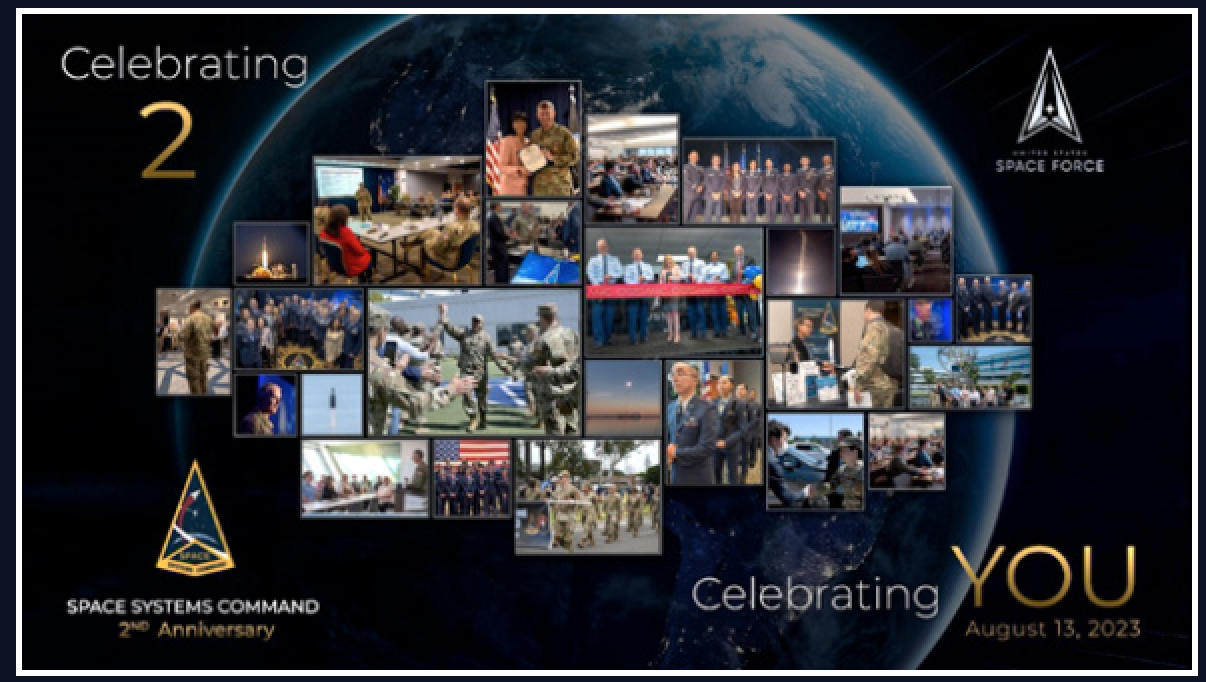
Constant monitoring is crucial because space is not a static environment. Parts fall off discarded rocket bodies. Paint degrades and flakes away. And, sometimes, satellites drift out of their regular orbit.
“We’ve got gravity wells because the Earth is not perfectly spherical,” Glazier said. “It’s got kind of bulgy bits that stick out and there are places where the Earth is more dense and generates a gravitational well out to the GEO (orbital) regime, so if you’re trying to keep an orbit aligned with an orbital plot that was assigned to you by the ITU (the International Telecommunications Union), you have to stay put in it. But if you happen to be parked near the Himalayas or over the Rockies, well, your satellite is going to want to drift towards the center of that gravity well, so you’re going to have to perform station keeping.
“You’ve got to keep your GEO payload in your box.
And people do drift out of their box, and it’s a whole, dramatic environment... especially when you’re (flying) a communications satellite and you start drifting and you didn’t — or couldn’t, due to an anomaly — turn off your payload. So now you’re drifting and you’re also broadcasting over everyone you’re passing by and that leads to real problems for folks on the ground who depend on those links being continuously operational.”
Despite all of the complex physics and math involved, working with orbital mechanics can be deeply satisfying, Glazier said.
“Every day. there’s a new problem to solve,” Glazier said. “The Air Force picked this career path for me many years ago, but I couldn’t imagine doing anything else.”
Space Systems Command (SSC) is the U.S. Space Force Field Command responsible for acquiring and delivering resilient war fighting capabilities to protect our nation’s strategic advantage in and from space. SSC manages a $15 billion space acquisition budget for the Department of Defense and works in partnership with joint forces, industry, government agencies, academic and allied organizations to accelerate innovation and outpace emerging threats. Our actions today are making the world a better space for tomorrow.
Contact Space Systems Command at SSC@spaceforce.miland/or follow on LinkedIn.
Would you like to learn more about the objects the U.S. Space Force is tracking? People can set up an account at Space- Track.org and view a variety of statistics including the current number and type of objects being tracked.
People can find details of the first satellite, Sputnik, to the latest cubesat, on Space-Track.org.


